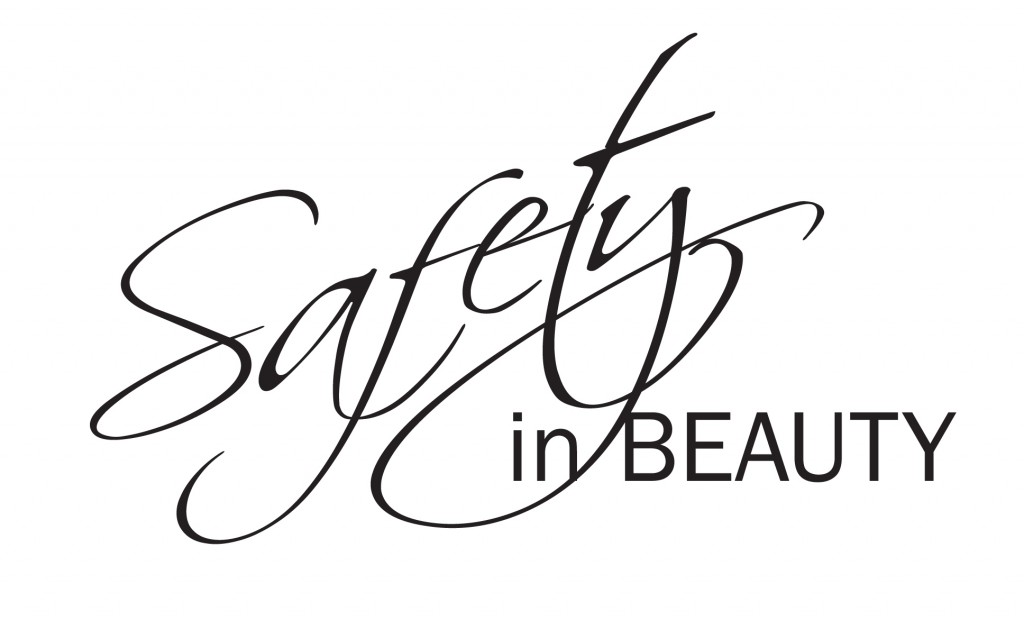How to spot a patient with body dysmorphia and how to cope with the consultation.
Body dysmorphia disorder (BDD) is characterised by a individual becoming obsessed with imaginary defects in their appearance, and in the medical aesthetics industry we are exposed to meeting these people and understanding their level of detail far more than in general medicine. These groups of the population are fascinated with, and believe they may get some ‘relief’ from the symptoms and emotions they are feeling though surgical non-surgical and treatments.
BDD patients have a higher aesthetic standard than that of the ‘normal’ aesthetic population. This group of people set themselves unrealistic standards that are often impossible to achieve by themselves, so often delay seeking help from the NHS for fear of being dismissed as vain, so tend to see help from the aesthetics fraternity. Affecting up to 1 in 50 of us, this must not go un-recognised, and if we, as aesthetics professionals, honestly posed the question to our patients about their fuel for desiring these treatments I bet we’d be shocked by the figures…. paradoxically this industry could be blamed for creating these desires. One example we have seen is with former glamour model Alicia Douvall, who famously spent over £1m on over 300 procedures. It transpires that, a few years ago spoke about her addiction to surgery, being driven by her undiagnosed battle with BDD.
Explaining to our patients/clients about the need to understand realistic expectation after a procedure is a perfectly normal part of our job, but patients expecting to achieve perfection and symmetry is not. With all of the ambitious marketing, websites, and blogs out there, it is very easy for patients to come into a clinic with unrealistic expectations. So for the aesthetics medical professional it is useful to know, we should be referring these patients to correctly trained professional to save unnecessary stress and anxiety for both the patients and practitioner. A trained clinician should, and would be the best professional to diagnose BDD. To get an accurate diagnosis and appropriate treatment, BDD patients must specifically mention their concerns regarding their appearance when they talk to a doctor or mental health professional.
Studies have suggested people with the condition have a much higher suicide rate than the general population. Dr Veale, who works with the Body Dysmorphic Disorder Foundation, acknowledges this higher risk: and reports that a third of his patients have had at least one cosmetic procedure. He specialised in this area 20 years ago following the suicide of a BDD patient under his care. Services like ‘PaPPS’ from The Wright Initiative – is a consumer driven initiative, addressing the emotional, relational and psychological wellbeing for people who are considering or having elective surgical or invasive aesthetic procedures – are at least starting to address these issue head on with the consumer and the aesthetics medical clinics.
The importance of recognising a person with BDD during your consultation is being able to spot the warning signs, and stop any unnecessary treatment, that may only help temporarily and mask greater issues. Suggest they seek further help. Some of the signs to look for are:
- constantly comparing their looks to other people’s
- spend a long time concealing what they believe is a defect
- becoming distressed by a particular area of their body (most commonly their face)
- seek medical treatment for the perceived defect – for example, they may have cosmetic surgery, which is unlikely to relieve their distress
- excessively diet and exercise
In order to maintain your integrity and to successfully manage these patients within your practice. It would be beneficial if you could verse yourselves in some key strategies to help bring these kinds of patients to a point where they understand there may be greater issues at play, then helping them with ‘botox’ or ‘dermal fillers’, which we might provide naively in the hope of some temporary satisfaction.
But the question is how to reach those unscrupulous individuals who will do anything for the chance of a sale?
Kelly Saynor RN, NIP
Clinical Lead – Medica Forte
References
Dr David Veale FRCPsych, MPhil, BSc, MD ‘Overcoming body image problems’
Dr David Veale ‘The Importance of aesthetics in Body Dysmorphia’ Volume 7 Number 6 2002
BIO:

Ambitious and dynamic Kelly Saynor is a fully qualified cosmetics nurse with over 10 year’s industry experience. Kelly began her medical career at Manchester University where she trained as a nurse specialising in paediatrics and then later moved into cosmetic surgery. Kelly was fascinated by how these techniques help women improve their appearance without dramatically changing the way they look. Kelly went on to train with some of the most well respected and advanced professionals in the industry including the Harley Medical group and the Royal Society of Medicine. Then went onto develop and edit her own magazine, Absolute Cosmetics. This professional background and training has enabled Kelly to understand the importance of best practice and to appreciate that the welfare of the consumer is paramount.
